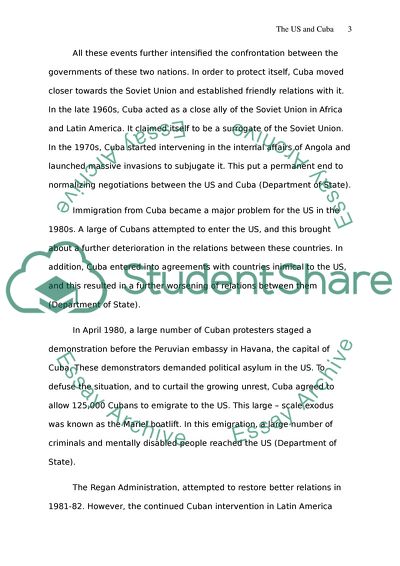Cite this document
(US interaction with Cuba Research Paper Example | Topics and Well Written Essays - 4250 words, n.d.)
US interaction with Cuba Research Paper Example | Topics and Well Written Essays - 4250 words. Retrieved from https://studentshare.org/politics/1720158-us-interaction-with-cuba
US interaction with Cuba Research Paper Example | Topics and Well Written Essays - 4250 words. Retrieved from https://studentshare.org/politics/1720158-us-interaction-with-cuba
(US Interaction With Cuba Research Paper Example | Topics and Well Written Essays - 4250 Words)
US Interaction With Cuba Research Paper Example | Topics and Well Written Essays - 4250 Words. https://studentshare.org/politics/1720158-us-interaction-with-cuba.
US Interaction With Cuba Research Paper Example | Topics and Well Written Essays - 4250 Words. https://studentshare.org/politics/1720158-us-interaction-with-cuba.
“US Interaction With Cuba Research Paper Example | Topics and Well Written Essays - 4250 Words”, n.d. https://studentshare.org/politics/1720158-us-interaction-with-cuba.


